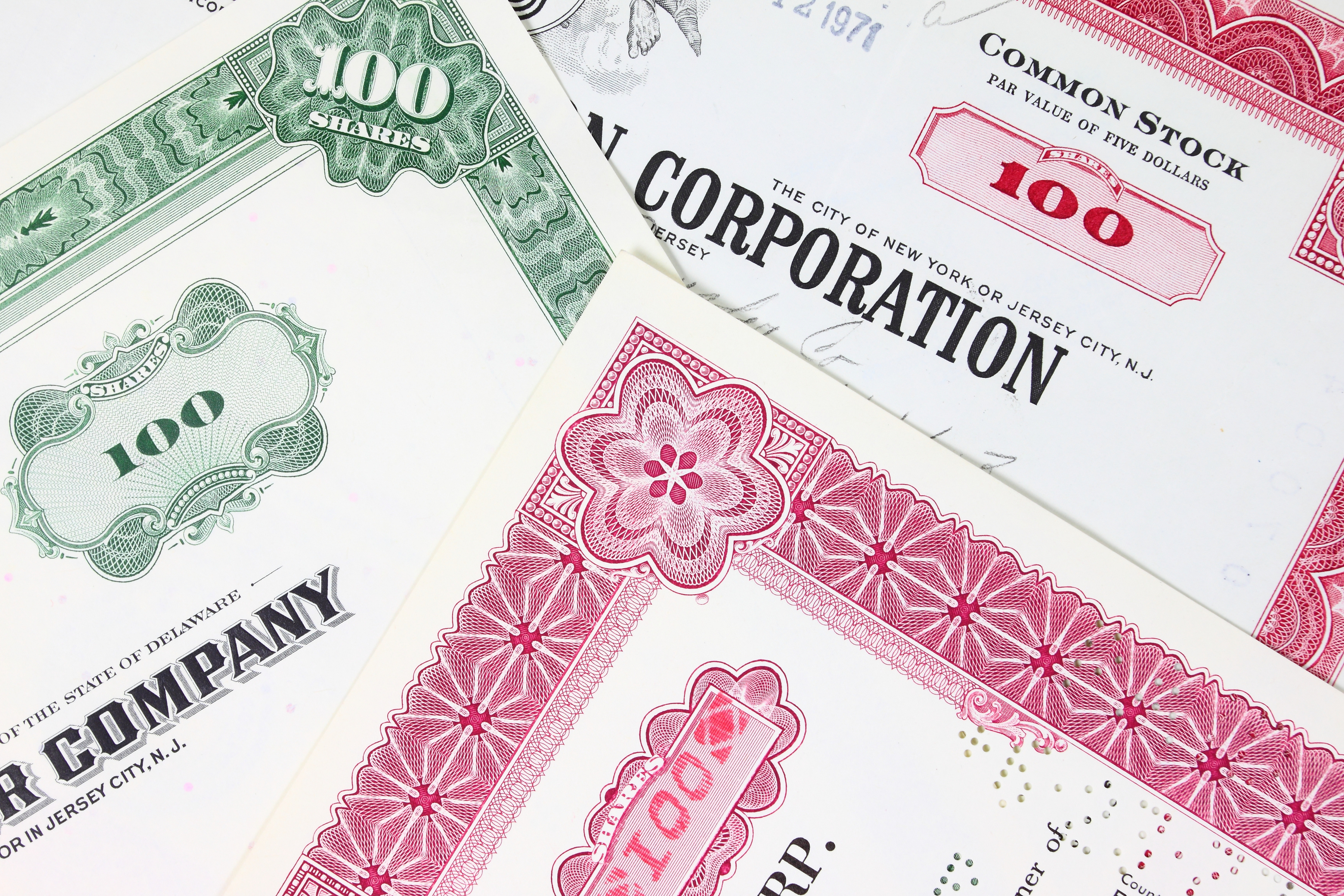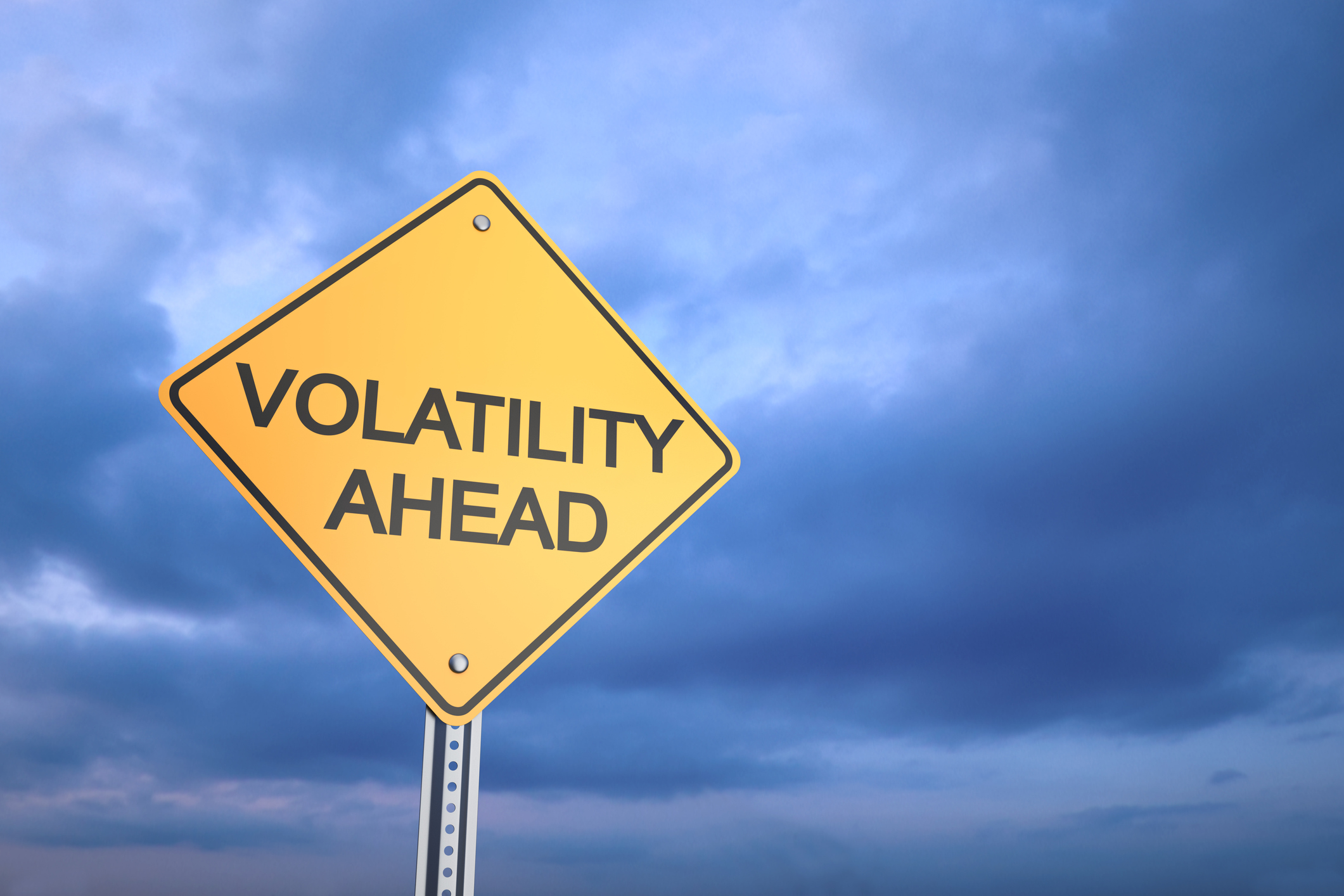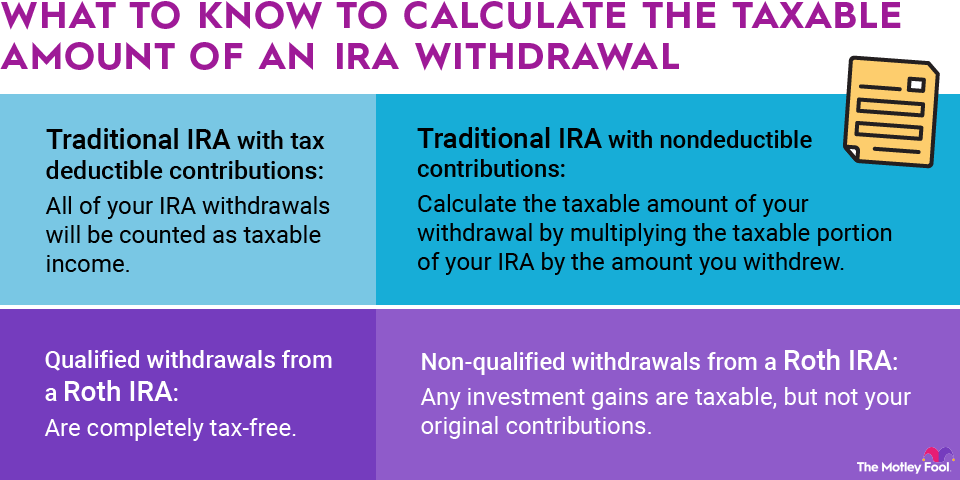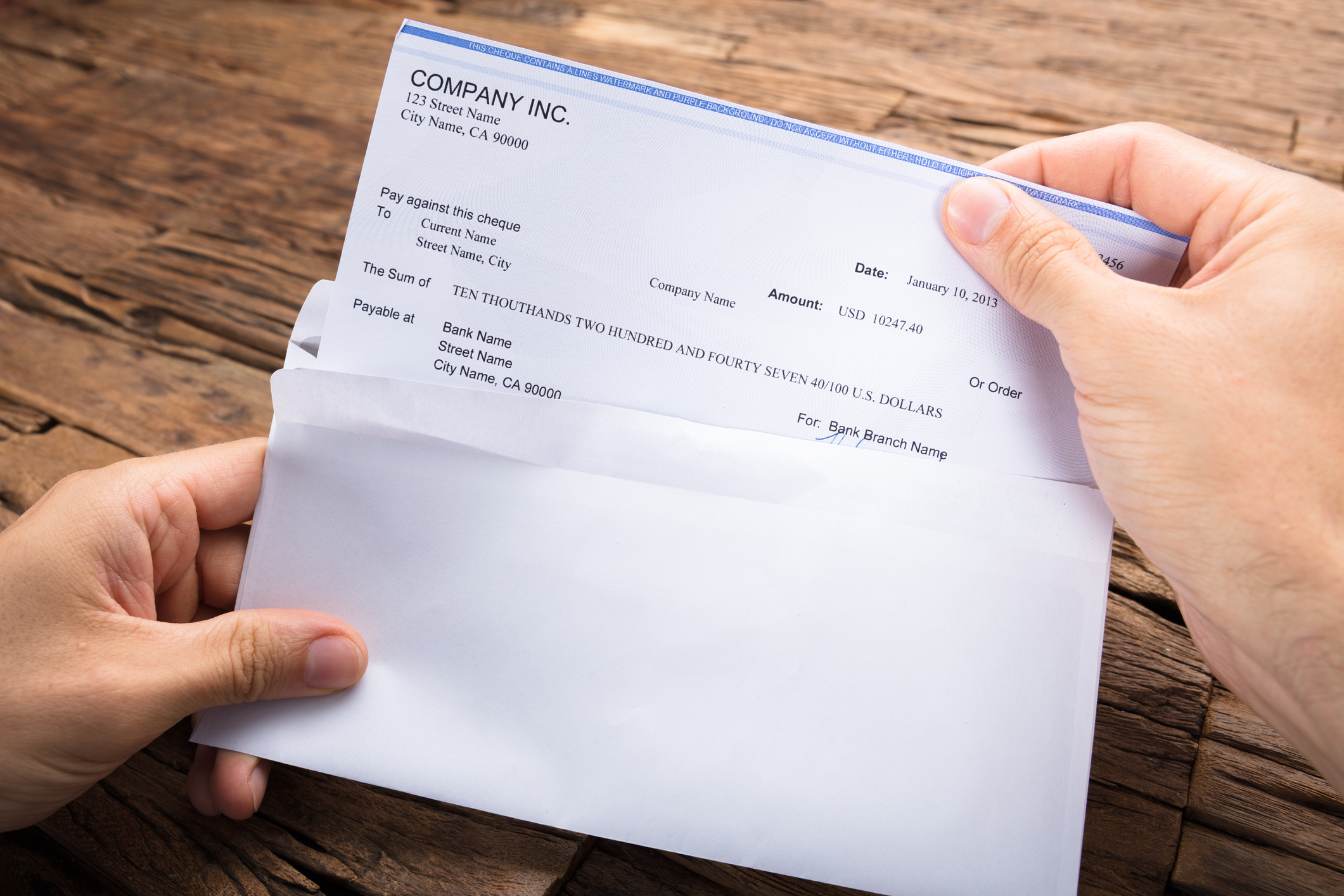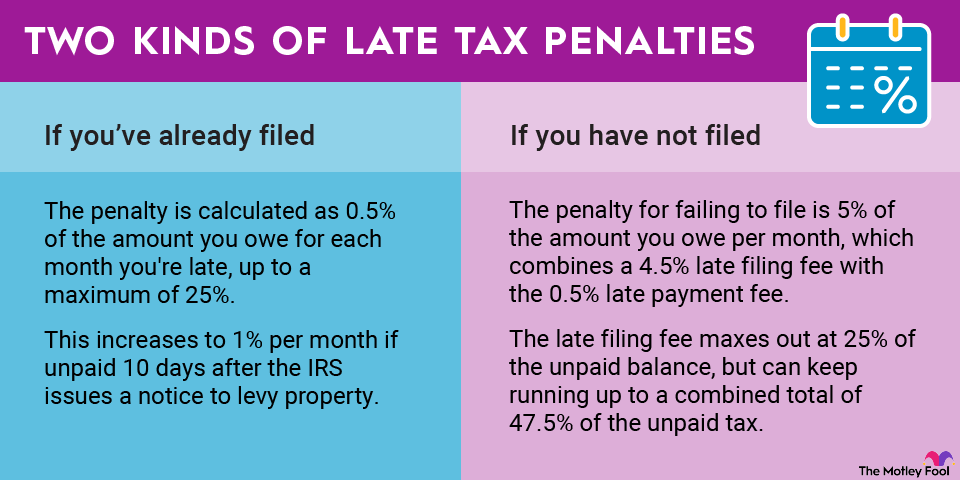The number of shares of common stock outstanding is a metric that tells us how many shares of a company are currently owned by investors. This can often be found in a company's financial statements, but is not always readily available -- rather, you may see terms like "issued shares" and "treasury shares" instead. Besides, it can be helpful to understand where the numbers you're looking at came from.
Here's what you need to know about the different share counts that publicly traded companies use, as well as how you can calculate the number of outstanding common shares. You can often find some of this information at your broker's website.

Related investing articles
As a real-world example, here is some information from Johnson & Johnson's (JNJ +1.22%) 2014 year-end balance sheet. The company has 4.32 billion authorized common shares, of which 3,119,843,000 have been issued as of December 31, 2014. Next, 336,620,000 shares were held in the company's treasury at that time, so subtracting this from the number of issued shares means that Johnson & Johnson had 2,783,223,000 outstanding shares at the end of 2014.




